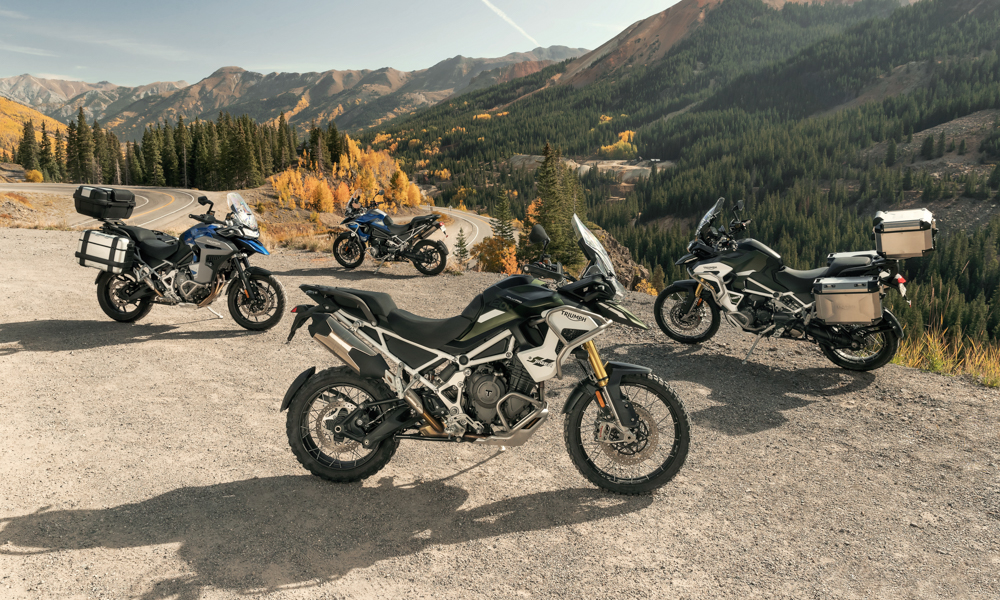
An all-new engine, dedicated wheel sizes per variant, a host of electronic aids, and top-shelf components. What’s not to like about the all-new Triumph Tiger 1200? After teasing the Internet with a constant stream of photos and videos hyping up the new adventure bike, the company has finally taken the wraps off its newest machine.
Designed as a range of adventure motorcycles, the Tiger 1200 consists of two main lines: the GT with 19-inch front and 18-inch rear cast-alloy wheels, and the Rally with a 21-inch front and 18-inch rear tubeless spoked wheels. The standard tank is 20L, but so-called Explorer models go up to a whopping 30L.
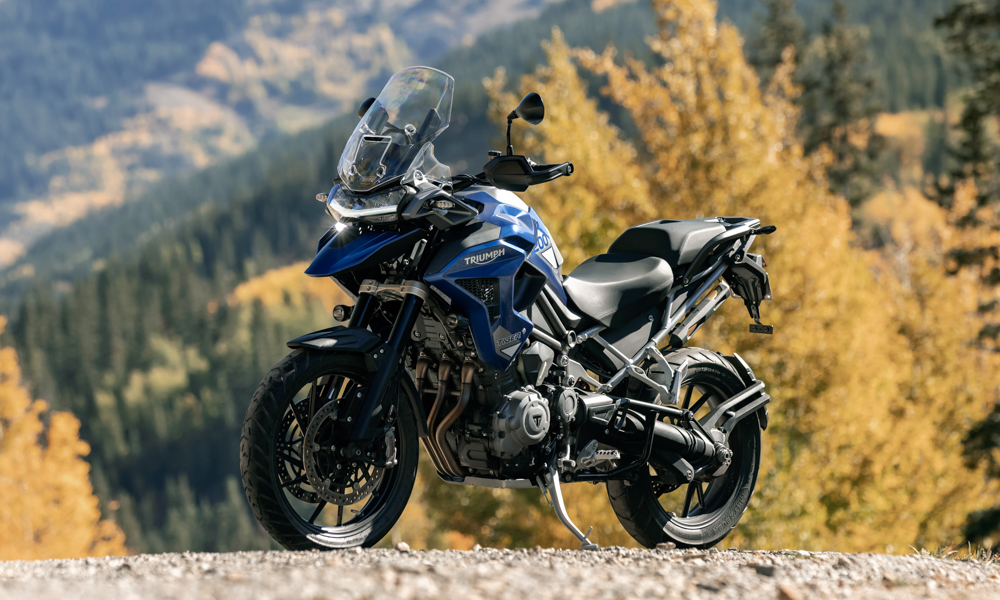
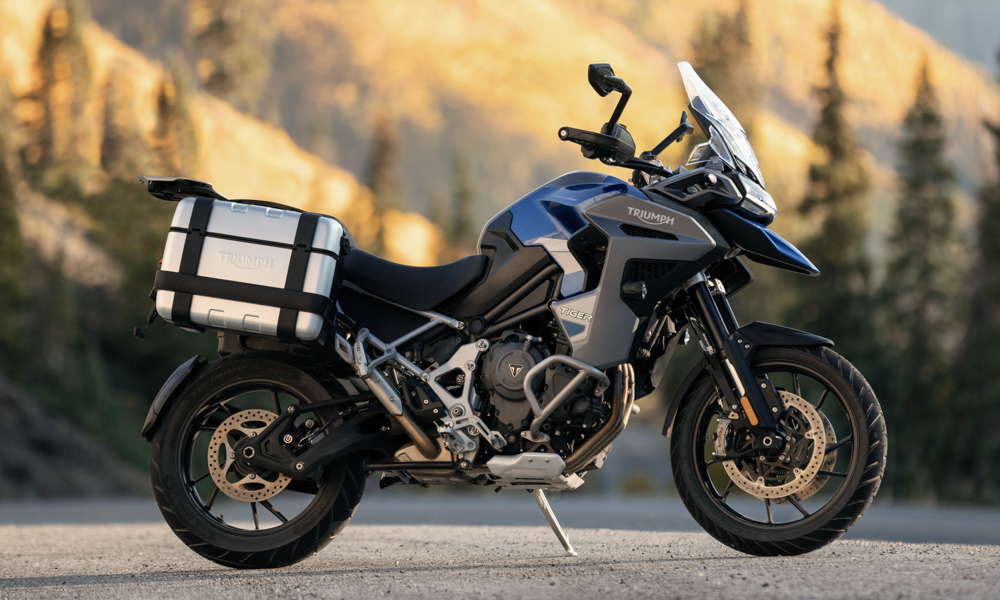
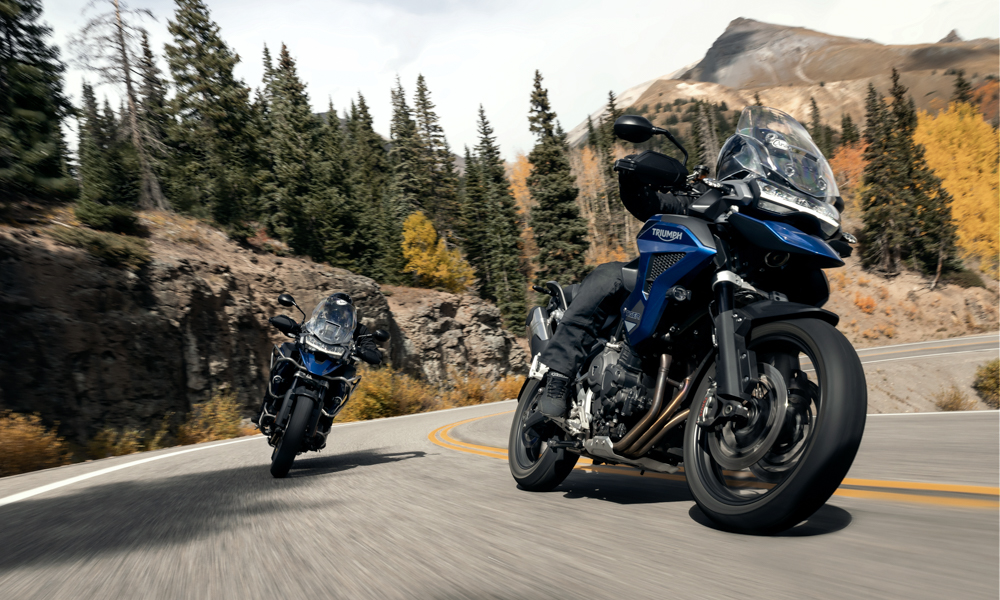
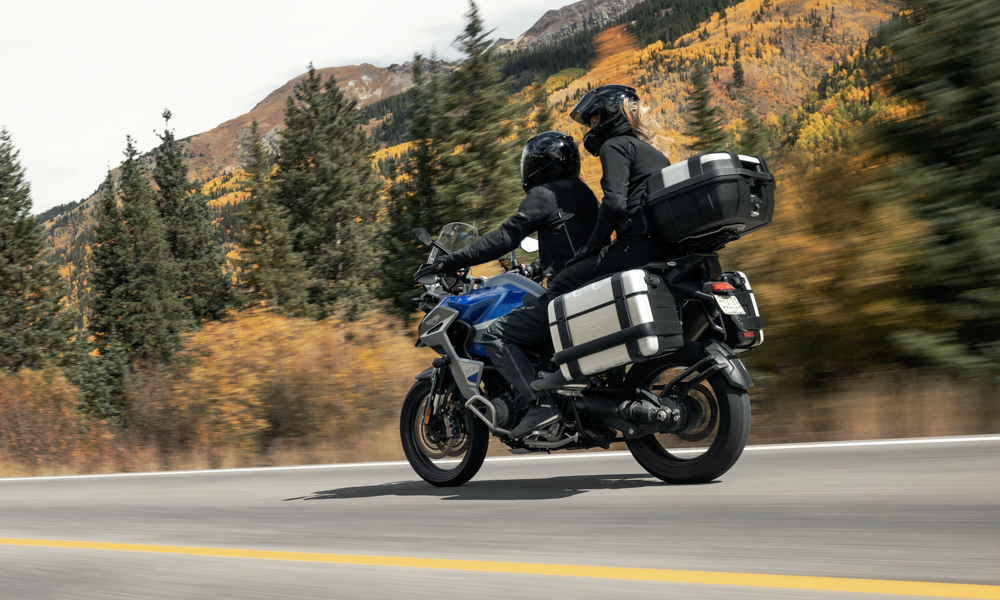
Sporting a new chassis that’s up to 25 kilos lighter than the old bike, the frame uses a bolt-on rear aluminum subframe and pillion hangers, a tri-link swingarm that’s said to be lighter and stronger than before, Brembo Stylema brakes with cornering ABS and inertial measurement unit, and Showa semi-active suspension.
The bike also features a slimmer waist and a more compact overall design to make it easier to handle, improved ergonomics, and adjustable seat height. GT, GT Pro, and GT Explorer models have two seat-height settings of 850mm and 870mm, while Rally Pro and Rally Explorer go from 875mm to 895mm. An accessory option lets customers lower the seat position by 20mm.
Additional enhancements include a movable screen with a simple one-handed adjustment mechanism, along with aero screen diffusers to lessen wind turbulence in the cockpit. The handlebar is 20mm wider than the old Tiger for improved off-road control, while GT Explorer and Rally Explorer handlebars are 16mm higher than the other models for better handling especially when standing up. The foot-peg positions have also been refined for improved comfort.
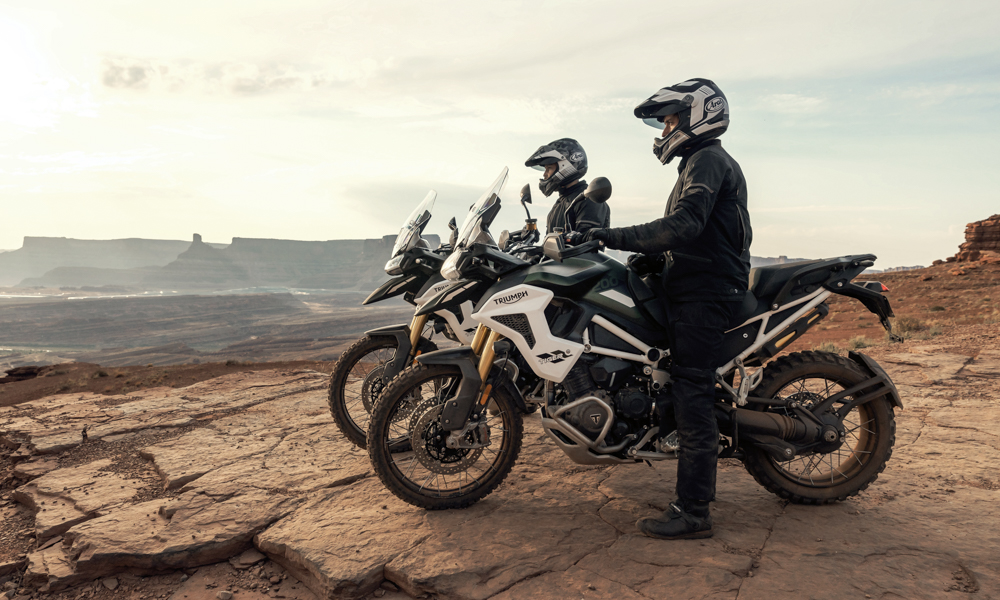
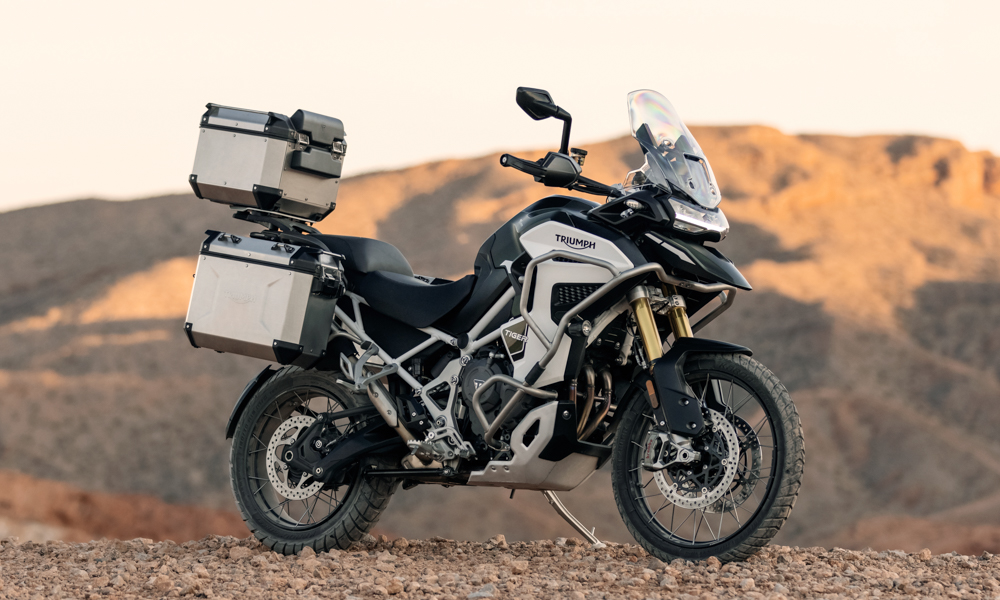
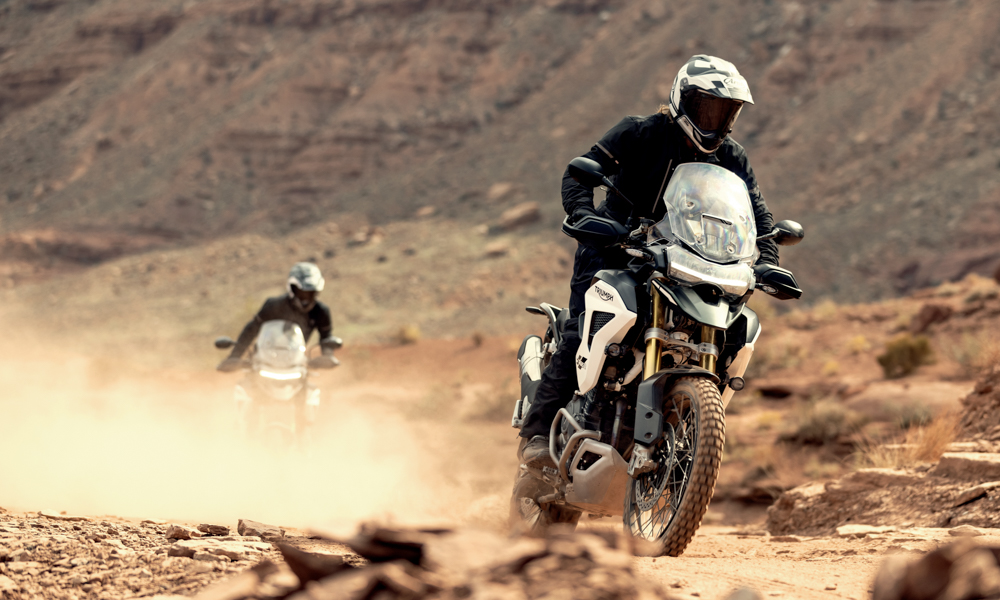
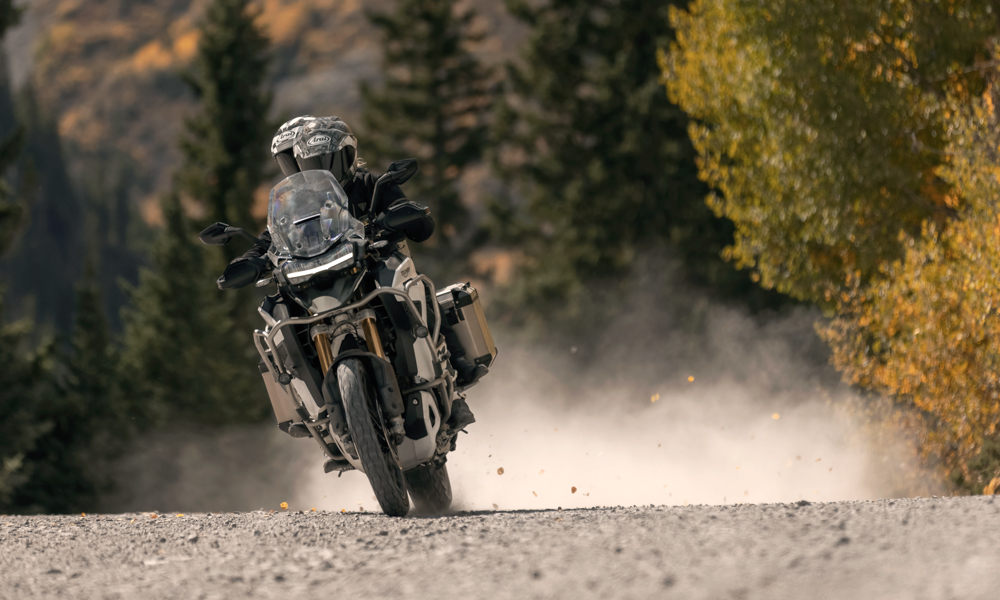
Perhaps it was displacement envy getting the better of Triumph, but the new motor is 1,160cc and rated at 150hp at 9,000rpm. An all-new design rather than just boring out the old 900cc engine, the larger powerplant includes a new bore and stroke, T-plane crank, cylinder head, gearbox, clutch, shaft drive, and bevel box. The engine is designed to deliver tractability at the bottom end, while allowing for higher revs at the top end. The T-plane crank has uneven firing, resulting in one short gap and two long gaps between pulses which improved character at low rpm.
Depending on the model, there are up to six riding modes available, with the Off-Road Pro setting exclusive to the Rally Pro and Rally Explorer models. All models except for the poverty-spec GT come with heated grips, Hill Hold, adaptive cruise control, a center stand, and a quickshifter (optional on the GT). GT Explorer and Rally Explorer bikes are equipped with heated rider and pillion seats, and a tire pressure monitoring system (both features optional on the rest of the range). All bikes have a five-way joystick for managing the TFT dash, along with illuminated switches, and underseat storage with a USB charger.
Aside from the seven-inch TFT dash and integrated My Triumph Connectivity System, there is a new Blind Spot Radar System developed in partnership with Continental and fitted to the GT Explorer and Rally Explorer. All-LED lighting is standard along with daytime running lights and adaptive cornering lights (again omitted on the GT).
The first units will show up in European dealers by spring 2022, and prices start at €14,600 (P830,000). Local pricing and availability have yet to be finalized.


0 Comments